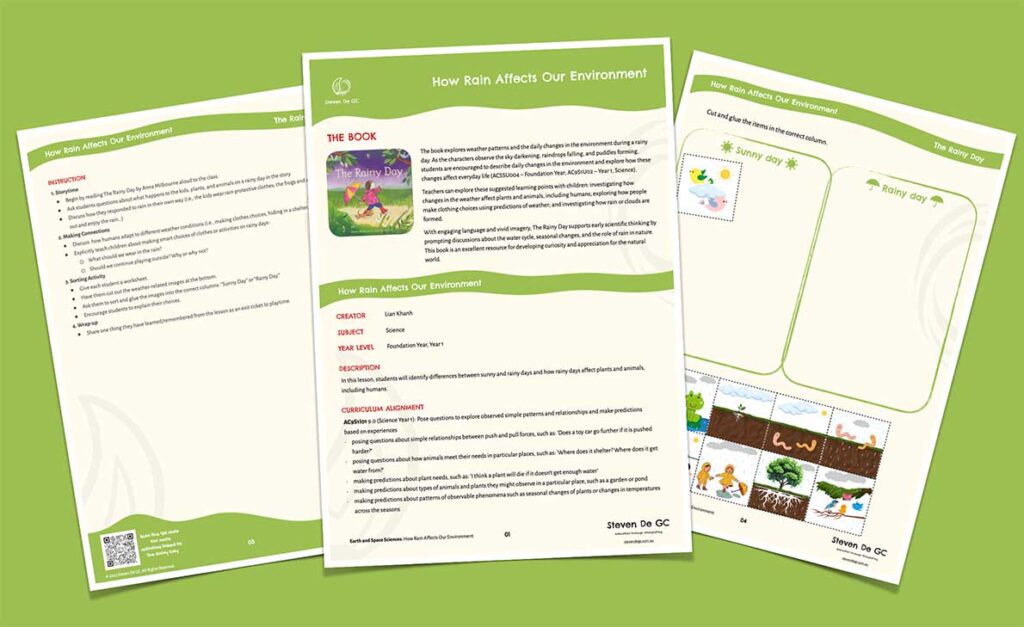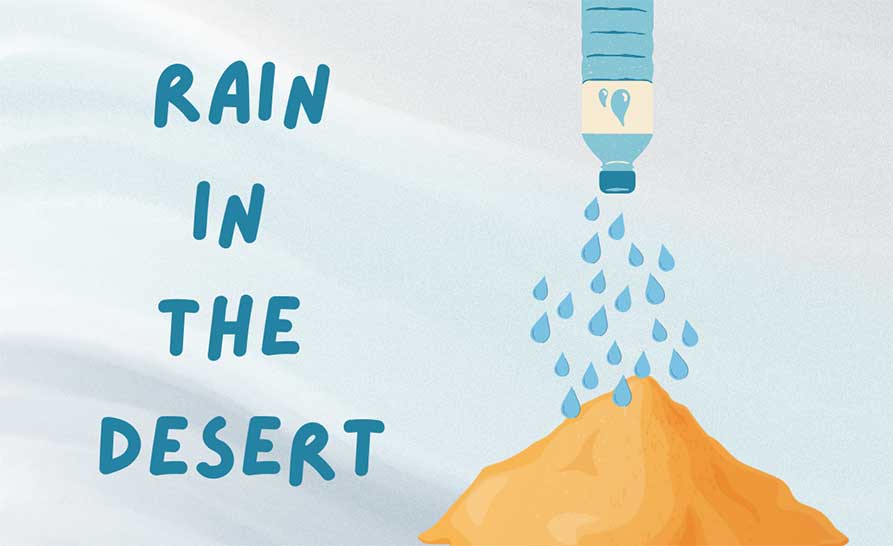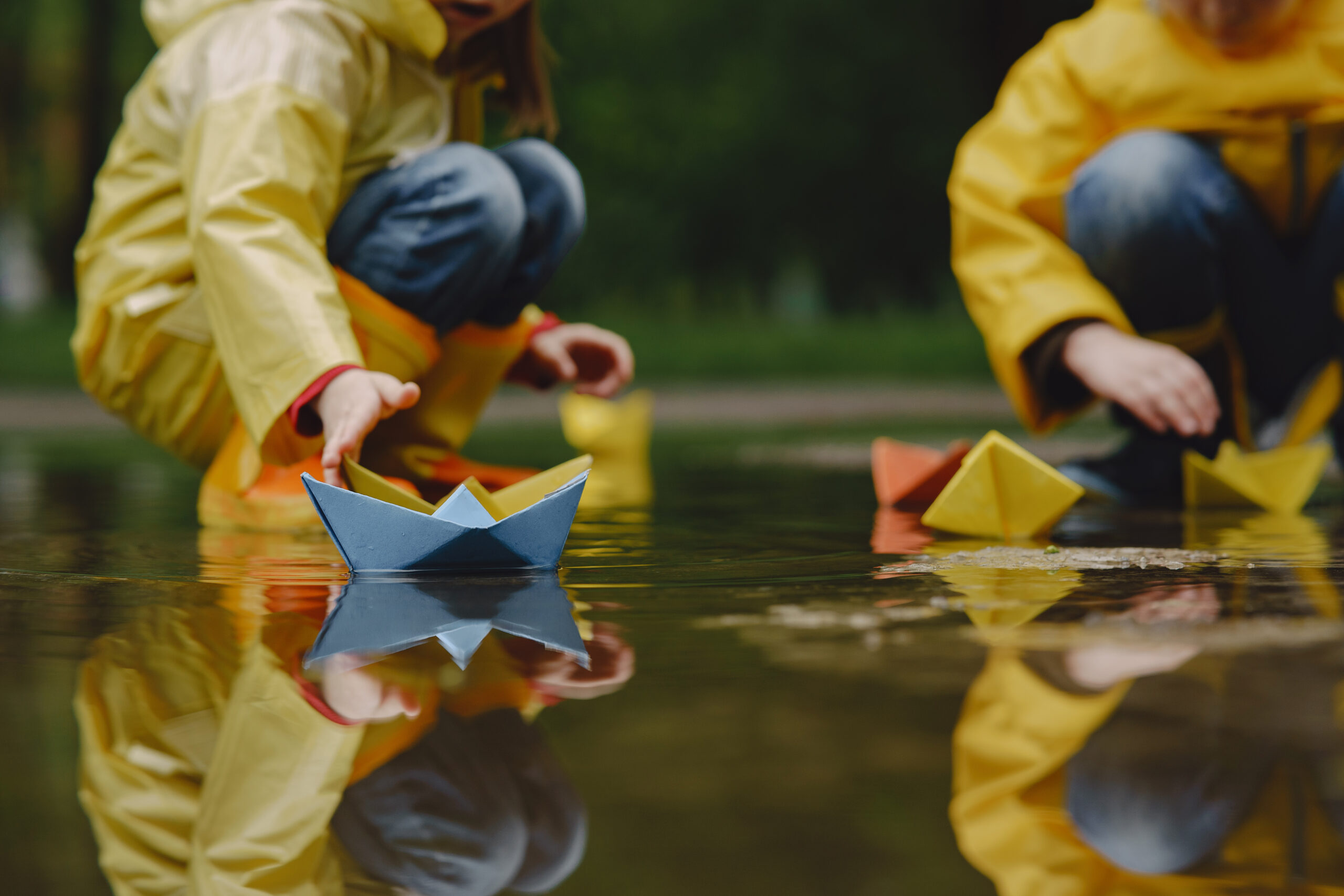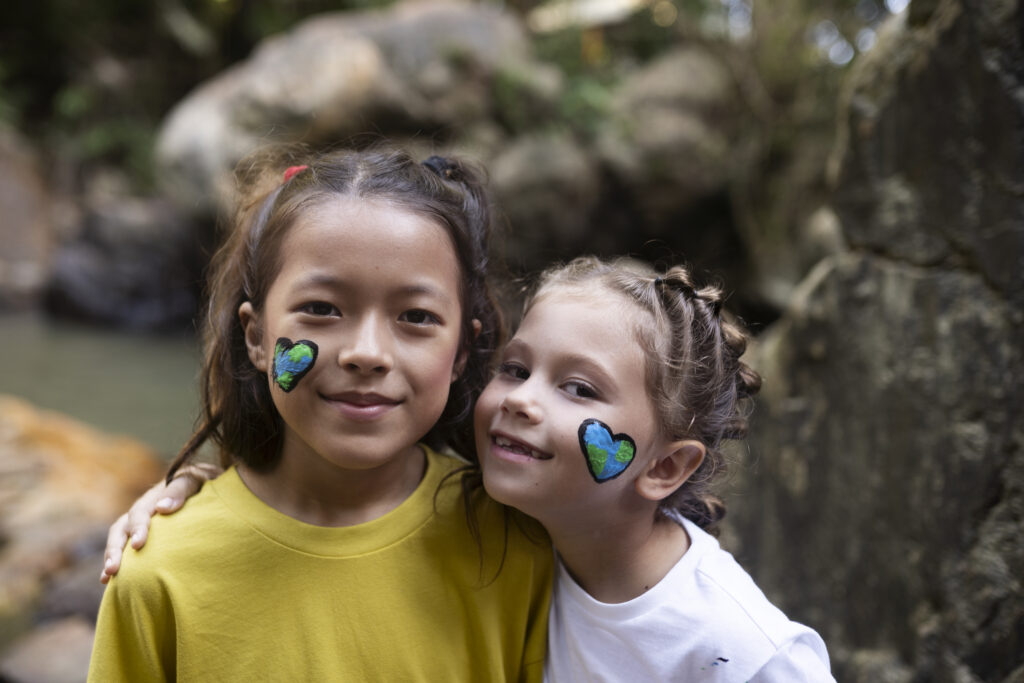Books provide an engaging way for young learners to explore the world around them, and stories about weather help children develop early scientific thinking. The following books introduce key weather concepts through captivating narratives and hands-on activities that encourage curiosity, observation, and creativity.
Each of these books highlights different aspects of weather—cloud formation, rain’s impact on the environment, and the anticipation of rainfall. Together, they provide a well-rounded introduction to weather patterns and their effects on daily life, fostering both scientific exploration and imaginative thinking.
Book 1 : Little Cloud by Eric Carle

Eric Carle’s Little Cloud follows a small cloud as it drifts through the sky, transforming into different shapes before joining other clouds to bring rain. With its engaging illustrations and simple storytelling, the book encourages children to observe how clouds change, recognise weather patterns, and understand the role of clouds in the water cycle. This story is an excellent introduction to basic meteorology while fostering imagination and creativity.
Inspired by Little Cloud, the “Little Cloud Adventure” activity encourages children to explore real clouds in their environment. By observing the sky, creating their own cloud formations using cotton balls or shaving cream, and describing what they see, students develop their observational skills and deepen their understanding of cloud movement and transformation. Download the activity for free!

Book 2: The Rainy Day by Anna Milbourne

Building on the concept of clouds and their role in the water cycle, Anna Milbourne’s The Rainy Day offers a vivid exploration of weather changes on a rainy day. As characters experience darkening skies, falling raindrops, and forming puddles, young readers learn to observe and describe how rain impacts everyday life. This book introduces scientific discussions on the water cycle, seasonal weather shifts, and the role of rain in supporting nature, plants, animals, and people.
The accompanying activity, “How Rain Affects Our Environment,” helps children differentiate between sunny and rainy days while examining how weather influences living things. Through interactive discussions, sorting tasks, and creative storytelling, students develop an understanding of how people and animals adapt to different weather conditions. This hands-on approach strengthens curiosity, observational skills, and environmental awareness. Download the activity for free!

Book 3: Big Rain Coming by Katrina Germain

Extending the exploration of rainfall and its significance, Katrina Germein’s Big Rain Coming captures the anticipation of much-needed rain in a remote Australian Indigenous community. As the land remains dry through the week, the people patiently await the relief that rain will bring. This atmospheric story introduces children to observable weather changes, their effects on the environment and daily life, and the deep knowledge First Nations Australians hold about seasonal patterns and landscapes. The repetitive text structure also reinforces sequencing skills, helping young readers recognise the order of days while fostering discussions on patience, resilience, and connection to nature.
To bring the story to life, the “Rain in the Desert” activity allows students to explore the impact of rain through hands-on learning. By observing the changes in sand before and after adding water, children gain a deeper understanding of drought, rainfall, and the significance of water for people, animals, and the environment. This sensory-based exploration encourages curiosity about weather patterns while highlighting the importance of rain in sustaining life in dry regions. Download the activity for free!

Through these books and activities, children not only learn about weather patterns and the water cycle but also develop essential observational, storytelling, and critical thinking skills. By combining literature with interactive experiences, young learners deepen their connection to the natural world in meaningful ways.














Leave a Reply